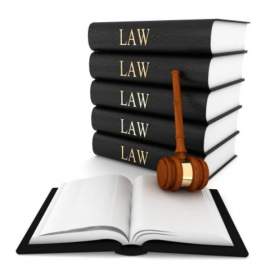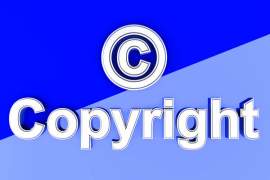
Your Guide to the Significant Sections of the Copyright Act of 1976

Popular In Copyright
Copyright Infringements Copyright Law What Is Copyright Legal Consequences Of Plagiarism Copyright Free Image Florida Prepaid Postsecondary Education Expense Board V College Savings Bank Famous Cases Of Copyright Law Copyright A Book Library Of Congress Copyright Copyright Infringement Punishment Copyright Laws For Motion Pictures Copyright Symbol
In the Copyright Act of 1976, sections can be found which substantially altered the practices in American copyright law which had been common up until that point. The first provision considered one of the most significant sections is Section 102, which set out new language intended to replace the archaic language used in the previous Federal Bill passed in 1909. It also provided the protection of copyright law to the creators of any "original works of authorship."
In regard to the more advanced methods and capacities for disseminating artistic works that existed in 1976 in comparison to 1909, the language in this section clarified that any "tangible medium of expression" could be used as a means for containing a work. These might include works in the musical, literary, choreographic, visual, dramatic, cinematic, and aural realms.
Another clarification contained in this section of the Copyright Act of 1976 was expressed through the use of the term "fixed" to define how a work of authorship behaved in its medium, rather than the previously used term "published," which allowed certain unregistered works to fall into the public domain.
The significant sections of the Copyright Act of
1976 governing the rights of creators also include Sections 106, 302, and 408.
The first attempt to clarify the rights of a copyright holder in relation to
how he or she could alone make use of a copyright were addressed here.
These functions permissible under copyright law are considered to fall into five categories, comprising of exclusive privileges toward a work of reproduction, display, public performance, selling (or other commercial exchanges), and the production of "derivative" versions.
Section 302 also gained favorable professional and media attention at the time following the passage of the Copyright Act of 1976 for following up on the suggestions made by Mark Twain almost a century earlier and hewing more closely to standard copyright practice of specifying that protection of a work under copyright law should last for the duration of the creator's life, plus an additional fifty years.
Among these
significant sections, Section 408 specified that registration of a work under
copyright law, as provided through the Copyright Office of the Library of
Congress, would not be required for copyrights to apply. Instead, copyright law
would be geared toward helping authors defend their rights against infringement
in courts of law by providing registration as a means for legal verification
admissible in court.
Significant sections of the Copyright Act of 1976
also pertain to the relations between the author and other individuals hoping
to help disseminate the work more widely. Section 204 eliminated inconsistency
in earlier effective means for a copyright holder to transfer rights to another
person.
The last of the significant sections considered to exist in the Copyright Act of 1976 deals with the traditional focus in American copyright law on promoting the production and distribution of new creative works for the benefit as a whole. Section 107 therefore addressed the ways in which the doctrine of fair use could be applied to the limited and permissible use of copyrighted material.
NEXT: Don't Miss These Crucial Facts About Sound Recordings




















